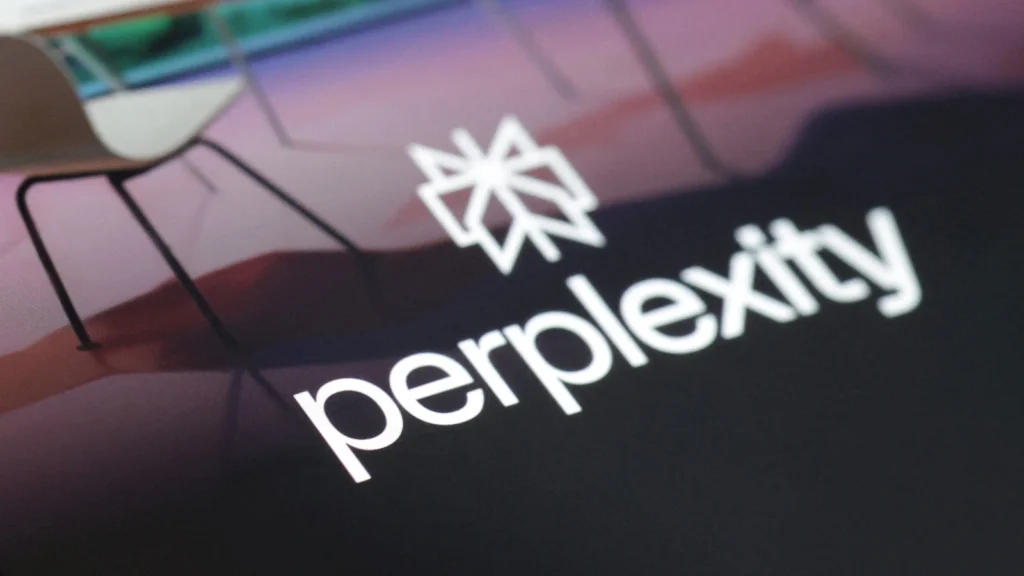The Perplexity revenue-share model is capturing attention across the media and technology industries. Perplexity AI, a fast-growing AI-powered search and answer engine, has faced increasing criticism for using publishers’ content without proper compensation. To address these concerns, the company has launched a new subscription program called Comet Plus. This program sets aside a $42.5 million pool and shares 80 percent of its revenue with participating publishers. The move could reshape the relationship between AI platforms and traditional media.
Why Perplexity Needed a New Model
Perplexity has quickly built a reputation as a powerful AI assistant that delivers conversational answers to users’ queries. However, the very feature that makes it appealing has caused tension with publishers. By summarizing articles and presenting answers directly, the platform reduced the need for users to click through to original websites. This trend threatened publishers’ advertising revenues and led to lawsuits from some of the world’s largest media houses.
Companies such as News Corp, The New York Times, and other major outlets accused Perplexity of undermining their business models. With advertising already in decline across the industry, AI-driven content summaries created a fresh challenge. Perplexity realized it needed to address these issues to avoid worsening conflict and to position itself as a partner rather than a threat.
How the Perplexity Revenue-Share Model Works
The heart of the new strategy is Comet Plus, a $5-per-month subscription service within the Perplexity Comet browser. Revenue from this plan goes into a pool worth $42.5 million, with 80 percent of the proceeds distributed directly to publishers. Perplexity retains the remaining 20 percent for its operations.
The company has also clarified how revenue distribution will work. Payments to publishers are calculated based on three factors:
- Direct visits: when a user clicks through to a publisher’s website via the browser.
- Search citations: when a publisher’s content is cited within an AI-generated answer.
- AI agent tasks: when content helps fulfill more complex AI-driven requests.
By tracking these interactions, Perplexity aims to create a transparent and fair compensation system. Early reports suggest that some publishers have already begun receiving payments.
Benefits for Publishers
For many publishers, this model represents an important breakthrough. Unlike traditional online advertising, which often pays poorly and fluctuates, this approach ties revenue directly to usage and content contribution.
Smaller outlets and niche publications may find this especially useful. Even modest revenue shares can help sustain operations that depend on steady funding. For larger media companies, the opportunity to earn a share of AI-driven subscription income offers a new revenue stream that could balance losses from declining traffic.

Another key advantage is transparency. By linking payouts to measurable user engagement and citations, publishers have greater clarity on how their work is used and rewarded. This clarity may help rebuild trust between the media industry and AI firms.
Strategic Importance for Perplexity
The Perplexity revenue-share model is more than just a financial arrangement. It represents a strategic pivot. By proactively offering revenue-sharing, Perplexity positions itself as a company willing to work with publishers rather than exploit them.
This move also helps the company address ongoing lawsuits and regulatory scrutiny. With media organizations demanding fair compensation, Perplexity’s initiative could reduce legal tensions and demonstrate goodwill. It also places the company ahead of larger competitors like OpenAI and Google, which face similar criticisms over how their tools use copyrighted content.
In effect, this initiative may serve as both a peace offering and a smart business strategy. By securing partnerships with publishers, Perplexity strengthens its legitimacy as a trustworthy platform in the competitive AI landscape.
Broader Industry Implications
The introduction of Comet Plus and its revenue-sharing system could have ripple effects across the technology and media industries.
- AI and media collaboration: If successful, the model may set a precedent that other AI companies will follow, creating a more sustainable environment for publishers.
- Legal impact: Fairer compensation could lead to fewer lawsuits and help rebuild relationships between media companies and AI platforms.
- User perception: Comet Plus may attract subscribers who not only want better AI features but also want to support journalism. However, subscription fatigue remains a challenge in a world where consumers already pay for multiple services.
Challenges Ahead
Despite its promise, the model is not without risks. Its success depends heavily on subscription growth. If too few users adopt Comet Plus, the revenue pool will remain limited, making payouts modest. Publishers may then question whether the model provides enough value to offset concerns about content use.
Fair distribution is another challenge. Ensuring that revenue is divided in a way that reflects true engagement is crucial. If publishers feel underpaid, trust could erode quickly. Clear reporting and transparency will be vital to the system’s credibility.
Legal issues also remain. While the revenue-share model helps, it may not fully resolve ongoing lawsuits. Some publishers may continue pushing for direct licensing deals or stricter controls on how AI platforms use their content.
A New Path for AI and Journalism
Despite these challenges, the Perplexity revenue-share model offers a hopeful vision of how AI and journalism might coexist. Instead of competing for user attention, the two industries could collaborate in ways that benefit both creators and consumers.
Imagine a future where AI assistants are designed not only to cite sources but also to reward them automatically. Such a system could build a new trust ecosystem where publishers willingly participate in AI-driven platforms. It could also help ensure that high-quality journalism continues to thrive in the digital age.
Perplexity’s Comet Plus subscription may be the first significant step toward that future. By offering publishers 80 percent of revenue, the company is sending a message: AI can grow alongside journalism, not at its expense.
Conclusion
The Perplexity revenue-share model marks a turning point in the relationship between artificial intelligence and traditional media. By launching Comet Plus, the company is testing a bold new strategy that provides direct financial benefits to publishers while also addressing legal and ethical concerns.
If successful, this model could redefine how AI platforms and media companies work together. Challenges remain, including subscription adoption, fair payouts, and unresolved lawsuits. Yet the initiative reflects a shift in thinking: AI companies can no longer take content without giving something back.
For publishers, this may be the start of a more balanced digital ecosystem. For Perplexity, it is both a necessary step to ease tensions and a strategic play that could strengthen its position in the AI market.
The revenue-share model may not solve every problem, but it sets a powerful example of how innovation and cooperation can shape the future of media and technology.
Do Follow USA Glory On Instagram
Read Next – Dongfeng EV Unit Listing Sparks Restructuring Buzz






